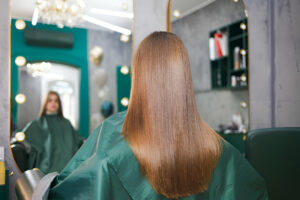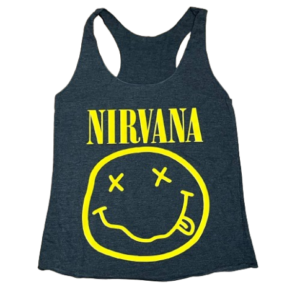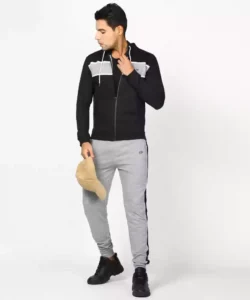
Choosing the right mattress for a bunk bed can be a bit more complex than selecting one for a standard bed. Bunk beds are a popular choice for children’s rooms, guest rooms, and even small apartments where space is at a premium. However, the unique design and height considerations of bunk beds require special attention when it comes to selecting the perfect mattress. This guide will walk you through the essential factors to consider, ensuring you make an informed decision.
1. Understanding Bunk Bed Mattress Dimensions
Bunk bed comes in various sizes, and it’s crucial to know the dimensions before purchasing a mattress. The most common bunk bed sizes are twin over twin, twin over full, and full over full. Here are the typical dimensions:
- Twin: 38 inches wide by 75 inches long
- Full: 54 inches wide by 75 inches long
Before purchasing, measure the actual bunk bed frame to ensure a perfect fit. Some bunk beds might have slightly different dimensions, so double-checking is always a good idea.
2. Mattress Thickness and Safety
One of the most critical aspects of choosing a bunk bed mattress is its thickness. The mattress should not be too thick, especially for the top bunk, to prevent it from exceeding the safety rails’ height. A general guideline is to choose a mattress that is no thicker than 8 inches. This ensures that the safety rail can still function correctly, reducing the risk of falls.
3. Mattress Type
There are several types of mattresses available, each with its own set of benefits and drawbacks. Here’s a look at the most common types:
- Innerspring Mattresses: These are the traditional mattresses with a core of steel coils. They provide good support and are usually affordable. However, they might not be as durable as other types, and the coils can sometimes be felt through the mattress surface, which might not be comfortable for children.
- Memory Foam Mattresses: These mattresses are known for their comfort and ability to conform to the body’s shape. They provide excellent support and pressure relief. However, memory foam mattresses can be more expensive and might retain heat, making them less ideal in warmer climates.
- Hybrid Mattresses: These combine innerspring coils with memory foam or latex, offering the benefits of both types. They provide good support and comfort but can be more expensive.
- Latex Mattresses: Made from natural or synthetic latex, these mattresses are durable and provide good support. They are also resistant to dust mites and mold, making them a good choice for those with allergies. However, they can be quite expensive.
4. Weight Considerations
Bunk beds have weight limits, which include the weight of the mattress and the sleeper. Check the manufacturer’s weight recommendations for both the top and bottom bunks. It’s essential to choose a mattress that, when combined with the sleeper’s weight, does not exceed these limits. For children, this is usually not an issue, but for teenagers or adults, it can be a significant consideration.
5. Firmness Level
The firmness of a mattress is largely a matter of personal preference, but for bunk beds, it’s often better to opt for a medium-firm mattress. This provides adequate support for growing children and can accommodate different sleeping positions. A mattress that is too soft might not provide the necessary support, while one that is too firm can be uncomfortable.
6. Durability and Longevity
Children are active, and their beds can take quite a beating. Look for a mattress that is durable and can withstand jumping and rough use. Innerspring and hybrid mattresses are generally quite durable, but make sure they have a good warranty and a solid build. Memory foam and latex mattresses are also durable but can be more prone to damage if not handled properly.
7. Hypoallergenic Properties
If your child has allergies, consider a mattress with hypoallergenic properties. Latex mattresses are naturally resistant to dust mites and mold. Memory foam mattresses are also less likely to harbor allergens compared to traditional innerspring mattresses. Additionally, look for mattresses with removable and washable covers to keep allergens at bay.
8. Breathability and Temperature Regulation
Children can get hot while sleeping, so it’s important to choose a mattress that offers good breathability and temperature regulation. Innerspring and hybrid mattresses tend to be cooler as air can circulate through the coils. Memory foam mattresses can retain heat, but many modern options come with gel-infused foam or breathable covers that help mitigate this issue.
9. Budget Considerations
While it can be tempting to go for the cheapest option available, it’s important to balance cost with quality. A mattress is an investment in your child’s health and comfort. Set a realistic budget and look for the best quality mattress within that range. Remember, a higher upfront cost for a durable, comfortable mattress can save money in the long run by avoiding frequent replacements.
10. Trial Periods and Warranties
Many mattress manufacturers offer trial periods and warranties. A trial period allows you to test the mattress and return it if it doesn’t meet your expectations. Warranties protect against defects and can range from a few years to a lifetime. Be sure to read the terms and conditions to understand what is covered.
11. Reviews and Recommendations
Before making a final decision, read reviews and seek recommendations. Other parents’ experiences can provide valuable insights into the pros and cons of different mattresses. Look for reviews that mention durability, comfort, and how well the mattress fits bunk beds specifically.
Conclusion
Selecting the right mattress for a bunk bed involves careful consideration of various factors including size, thickness, type, firmness, durability, and budget. Prioritize safety by ensuring the mattress fits well within the safety rails and does not exceed weight limits. Opt for a mattress that offers good support and comfort, keeping in mind your child’s preferences and any specific needs such as allergies. By taking the time to choose the right mattress, you can ensure that your child enjoys a safe and comfortable night’s sleep


























